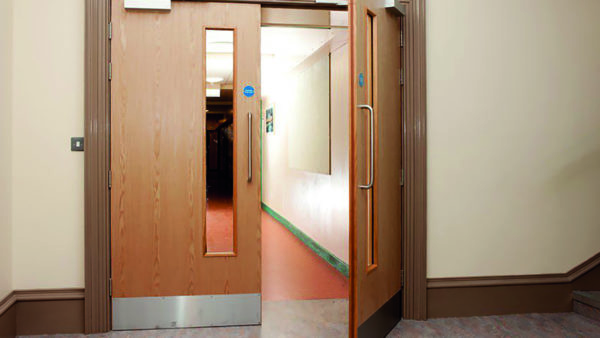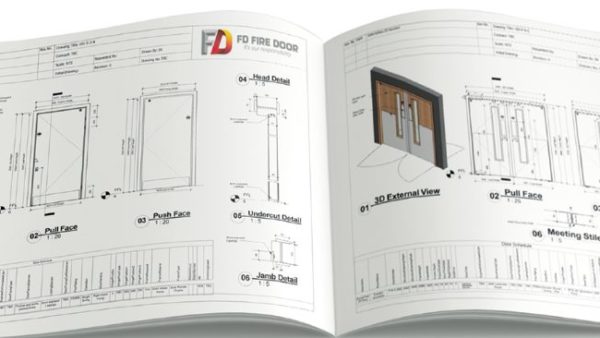Graham Shirville argues that in a post-Grenfell world the 25-year old standard needs updating

This year has seen the 25th anniversary of the publication of the first CEN European Performance standards. The first one, EN 1154 which covers the performance of controlled door closing devices, was published by British Standards as a BS EN in July 1997.
The work on developing more than 15 EN standards for ‘Building Hardware’ actually started some years before then. CEN had a long-standing Technical Committee which was responsible for doors and windows – TC33. The introduction of what was then called a Single Market, led them to decide to add blinds and shutters, hardware and, eventually, curtain walling and industrial doors.
They then went on to establish Working Groups for each of these subjects. Amazingly not many other countries showed any desire to lead the hardware group so the UK was appointed and continued to chair it until quite recently.
The list of products that we wished to cover was agreed upon very early in the discussions and not much has changed today.
LIttle change
While we can be proud of the work done, it is perhaps unsettling that most of the standards have remained basically unchanged since their original publication. There can’t be many other industries where product performance has not been enhanced over a 25/30-year period.
Although CEN TC33/WG4 committees have been working to update many of them, due to legal challenges within the EU and the Commission, little progress has been made for almost a decade.
BS EN 1154 still retains all the original minimum test performance values that were based upon some national standards that existed even earlier. Sadly, the Grenfell Inquiry identified that, at the time of the disaster, several of the quite new flat entrance doors had had the closers removed. Obviously, this rendered the fire doors non-compliant with the self-closing requirement.
Apparently, this was because they were so strong (the “opening force”) that many residents could not get in or out of their flats. The table below shows that the common size 3 or 4 door closers are only required to be 55 or 60% efficient to pass the test.
Differing needs
With improved design and production techniques now available it is entirely possible to produce door closers with much better efficiencies – around 80%. Obviously these will be much easier and safer in use.
We use fire doors in a different manner to most of Europe. Essentially we have more 30/60 minute doors and they have fewer 60/120 minute ones, many of which are held back by electromagnets. Our needs for safety are therefore different, and our industry should be examining how we can move the UK test requirements to match our needs. n
Graham Shirville is joint chair of Allgood PLC, past GAI president and a long-standing GAI Executive and Technical committee member.








